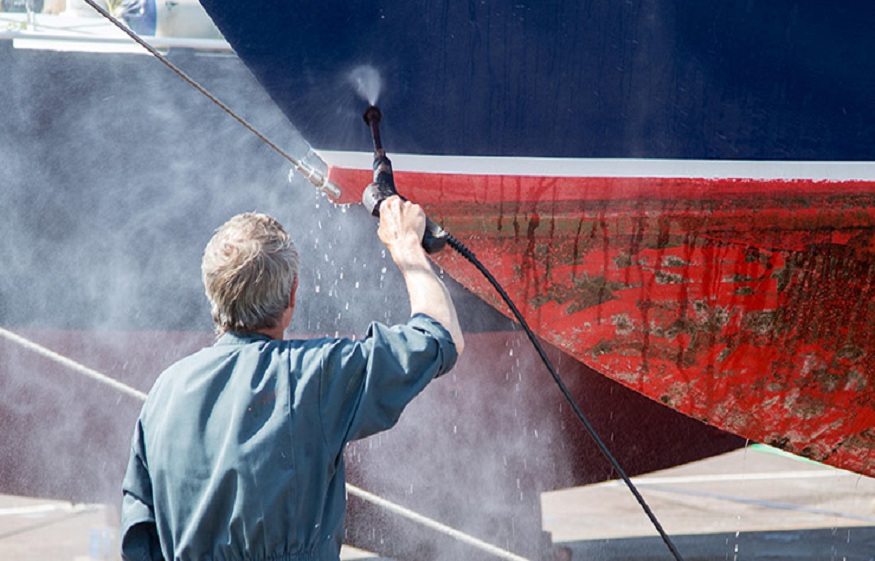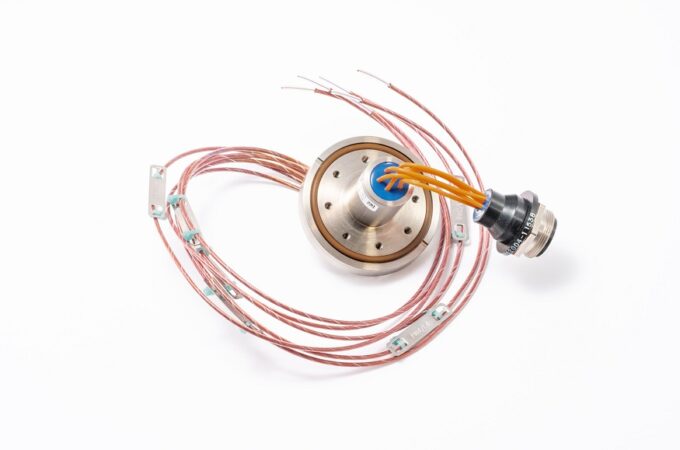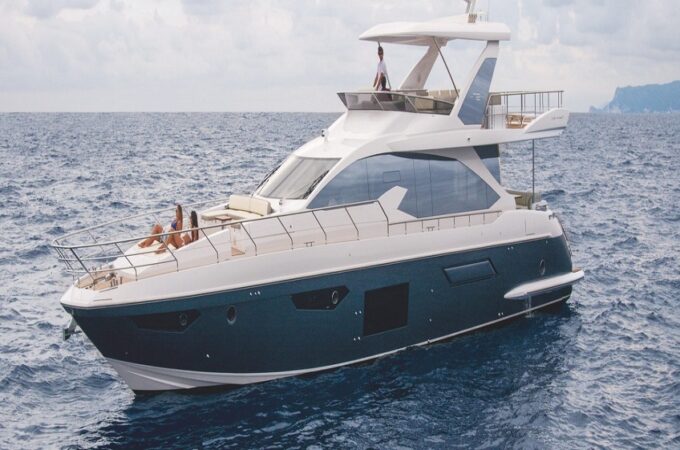
Beyond Paint: Revolutionary Antifouling Solutions That Are Changing the Marine Industry
Today, there are new technologies, but for 100 years, antifouling paint has been chosen to prevent growth on the hulls and underwater parts of boats. The world is in the middle of an exciting revolution. With more attention on the environment and increased performance demands, the marine industry is now looking for better and less costly solutions to antifouling.
The Use of Traditional Antifouling Paint Leads to Rising Problems
Biological paints start to let go of substances like copper and zinc oxide, and this helps to control the growth of organisms on the hull. They are good for growth, but over the long haul, they go into the water, harming sea life and adding to the pollution of the ocean.
Antifouling paint eventually wears out, so vessels must be taken out of the water often to have new paint applied. The current costs, whether financial or involving the environment, are high, and operators are actively seeking a new method. The world is now learning that the Best Antifouling isn’t paint.
The Development of Modern Antifouling Solutions
Research into cleaner and smarter antifouling has helped create a number of new technologies, changing the marine industry:
1.Foul-Release Coatings
Foul-release coatings work by making it difficult for marine organisms to stay on the hull, not by killing them. Applying coatings made of silicone or fluoropolymer materials results in an extremely slick surface. If a vessel is in motion, the biofouling on it is washed away, reducing the risk of infection. Because they are safe, durable, and reduce drag, these coatings can improve the fuel performance of a vehicle while cutting down on emissions.
2. Ultrasonic Antifouling Systems
This type of antifouling works by using ultrasonic waves to block the early stages of sea life growing on your boat. Since the systems keep algae and barnacles from building a biofilm, there’s no need for chemicals or coatings to keep the bottom clean. For use on yachts, in commercial shipping, and on intake pipes, ultrasonic systems have proven to be efficient, require little maintenance, and are environmentally safe.
3.Biocide-Free Advanced Polymers
New developments in polymer technology have allowed for biocide-free antifouling films that keep ships clean for a long period and cause less harm to the environment. By using these types of wraps, you can simply apply them and see them last up to five years, which greatly cuts down on maintenance costs.
Environmental and Regulatory Drivers
Tough regulations from the IMO and other similar organizations are guiding the industry towards using more sustainable methods of controlling fouling. Due to restrictions put in place by ports and marinas in some regions, eco-friendly anti-fouling technologies are growing in use.
Adopting clean antifouling practices today not only helps the oceans but also readies company operations to meet new regulations in the future.
Performance and Profit: The Business Case for Change
Using eco-friendly antifouling products helps the environment, but it is also good for your business. If a ship’s hull is clean, it requires less power to move, meaning a fuel saving of up to 10%. As a result, companies with large fleets are able to save a lot of money. As a result, fewer trips to the dry dock allow ships to be active for longer periods of time.
The Next Generation of Antifouling Has Arrived
You do not have to use toxic paint when you use antifouling now. The marine industry now relies on foul-release coatings and ultrasonic technology that do away with harmful biocides.
As the public becomes more aware and new technologies come out, it is obvious that moving away from antifouling paint is the future, and it’s already posing new problems for bleeding ships.




